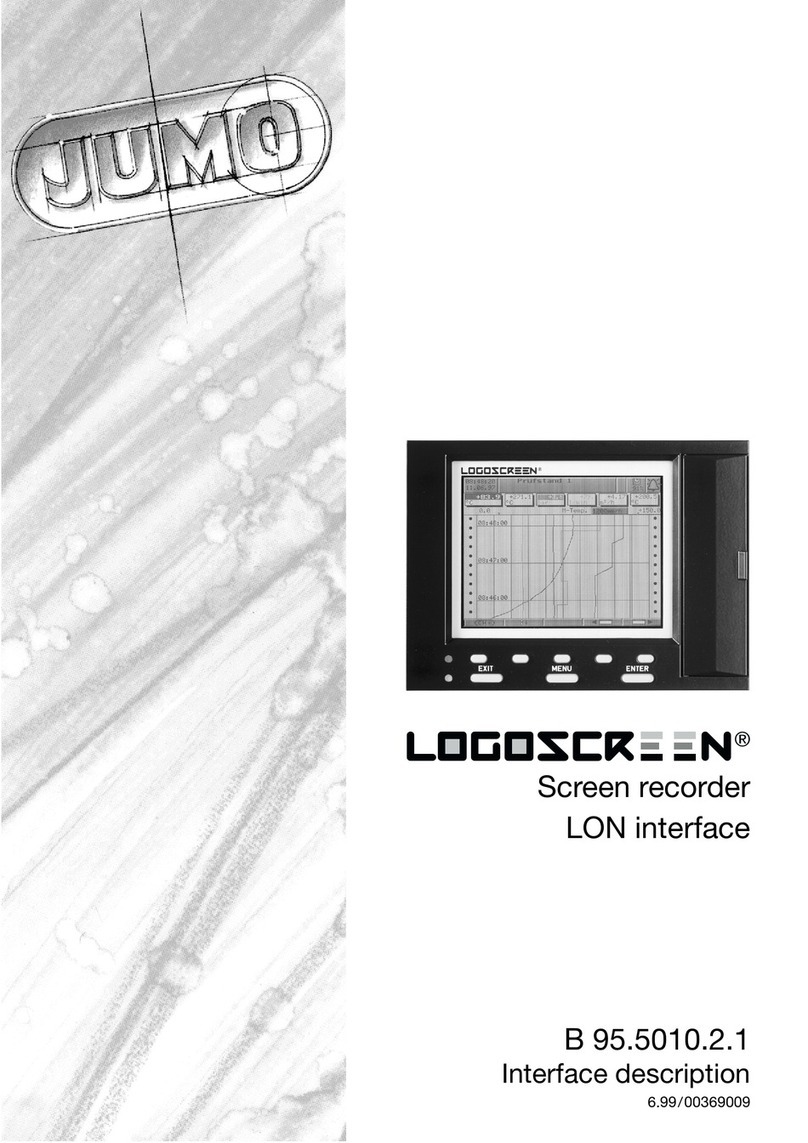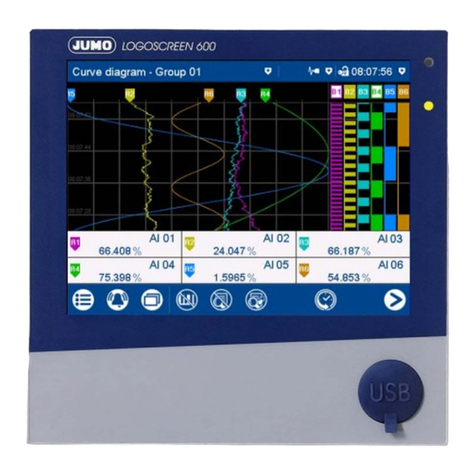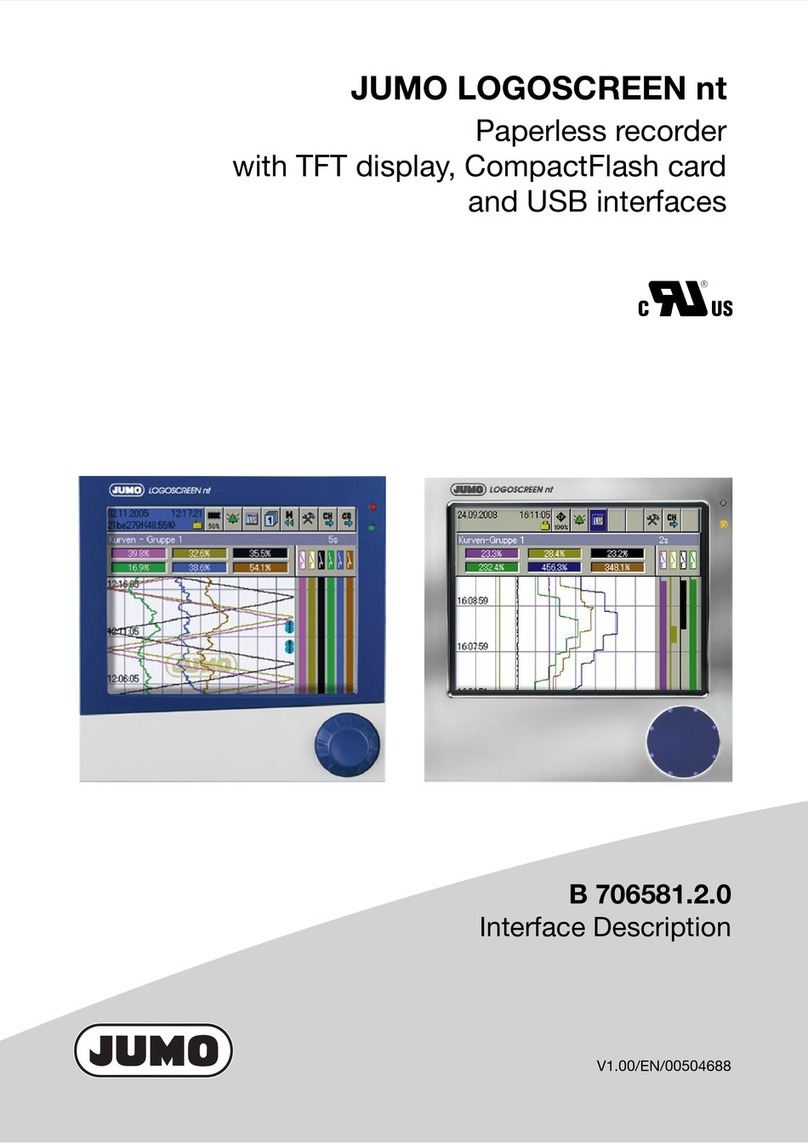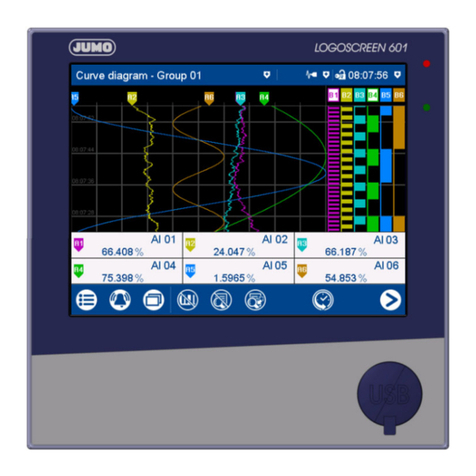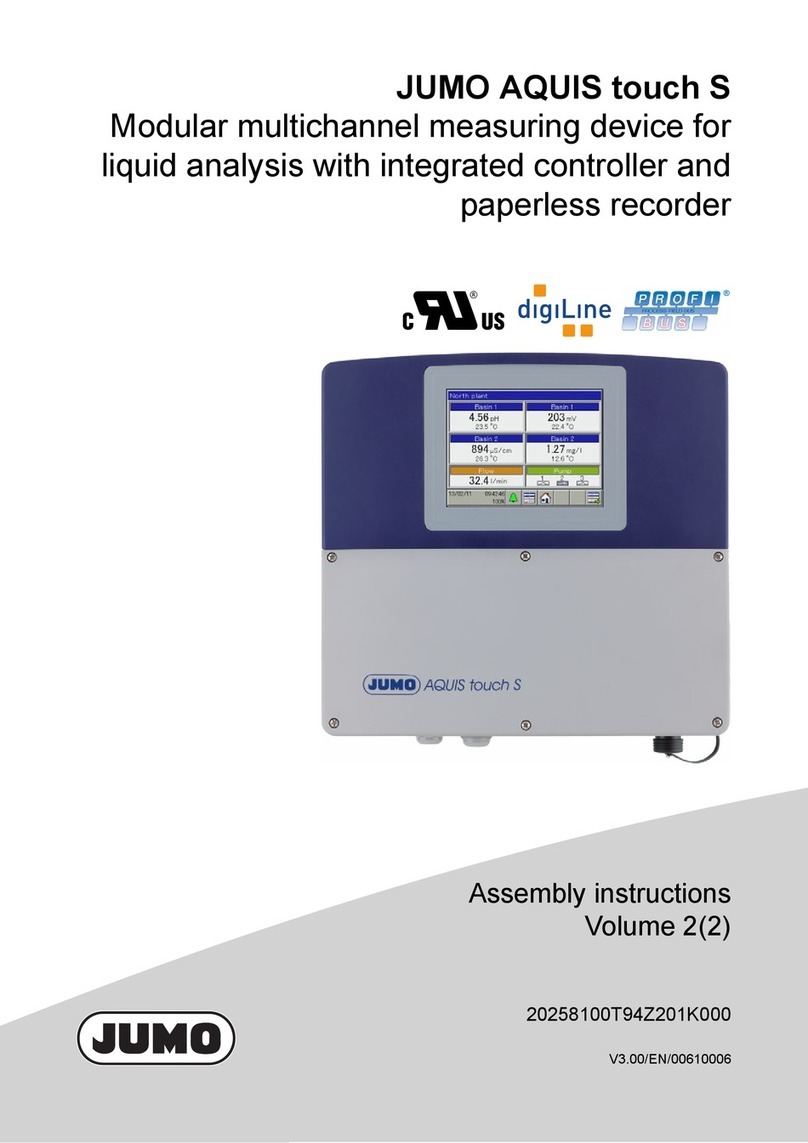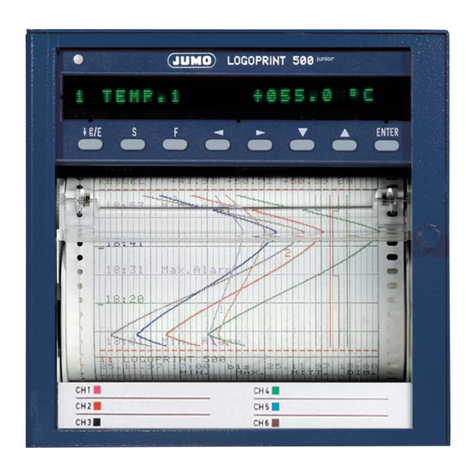Contents
1 About this Manual
1.1 Preface ...................................................................................................................... 3
1.2 Arrangement of the documentation ......................................................................... 4
1.3 Typographical conventions ...................................................................................... 5
1.3.1 Warnings ................................................................................................................... 5
1.3.2 Notes ........................................................................................................................ 5
1.3.3 Presentation .............................................................................................................. 6
2 Identifying the instrument version
2.1 Instrument description .............................................................................................. 7
2.2 Type designation ...................................................................................................... 8
3 Installation
3.1 Location and climatic conditions ........................................................................... 11
3.2 Fitting in position .................................................................................................... 12
4 Electrical connection
4.1 Notes on installation ............................................................................................... 13
4.2 Connection diagram ............................................................................................... 14
5 Startingup
5.1 Display and controls ............................................................................................... 15
5.2 Opening and closing the door ............................................................................... 15
5.3 Marking the channel label ...................................................................................... 15
5.4 Fitting the fibre pens ............................................................................................... 16
6 Preparation
6.1 Operating modes and status .................................................................................. 17
6.2 Operating principle ................................................................................................. 18
7 Text printing
7.1 Printing priorities ..................................................................................................... 23
7.2 Time ........................................................................................................................ 24
7.3 Change of chart speed ........................................................................................... 25
7.4 Recording start and end ......................................................................................... 26
7.5 Print test .................................................................................................................. 27
7.6 Service print ............................................................................................................ 28


